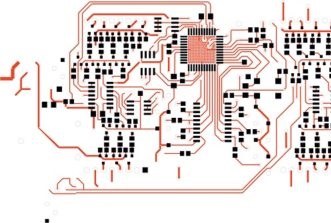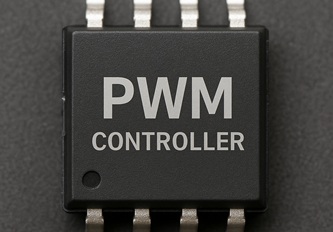STM32V8 Advances Microcontroller Technology to 18nm for Enhanced Performance
STMicroelectronics has unveiled the STM32V8, a groundbreaking microcontroller fabricated on an 18-nm process, representing a significant advancement for high-performance industrial and edge-AI applications. By leveraging ST’s cutting-edge FD-SOI technology and embedded phase-change memory (PCM), the new device offers impressive speeds and robustness typically found in application processors.
The introduction of the STM32V8 underscores the rapid evolution of MCU architectures to meet the growing demands in industrial control, AI acceleration, and NewSpace hardware. European engineering teams tracking semiconductor advancements will recognize the importance of the STM32V8, not only for its technical achievement in 18-nm MCU fabrication but also for its pivotal role in enabling next-generation edge processing.
Empowering Demanding Environments with High-Performance MCU
Central to the STM32V8 is an Arm Cortex-M85 core clocked at up to 800 MHz, making it the most powerful STM32 device to date. ST emphasizes that the combination of FD-SOI technology and embedded PCM allows for high computing throughput, rapid and dense memory integration, and exceptional resilience to radiation and temperature extremes.
Remi El-Ouazzane, President of Microcontrollers, Digital ICs, and RF Products Group at STMicroelectronics, stated, “The STM32V8 is our fastest STM32 microcontroller yet, designed to deliver high reliability in challenging operating conditions, while being able to replace larger, power-hungry application processors. This MCU represents the future of high-performance computing for demanding embedded and edge AI applications like industrial control, sensor fusion, image processing, and voice control.”
One notable early adopter of the STM32V8 is SpaceX, which has chosen the device for its Starlink satellite constellation. The MCU powers SpaceX’s new mini laser communication system, which must operate dependably in the radiation-intensive environment of Low Earth Orbit.
Michael Nicolls, Vice President of Starlink Engineering at SpaceX, commented, “The successful deployment of the Starlink mini laser system in space, utilizing ST’s STM32V8 microcontroller, signifies a significant milestone in advancing high-speed connectivity across the Starlink network. The STM32V8’s high computing performance, large embedded memory, and digital feature integration were crucial in meeting our stringent real-time processing needs, while enhancing reliability and robustness in the Low Earth Orbit environment.”
Enhanced Memory, Security, and Connectivity for Next-Gen Systems
The STM32V8 integrates 4 MB of PCM-based nonvolatile memory with the smallest cell size currently available, enabling high-density storage with exceptional endurance and cost efficiency. ST also emphasizes the heightened security features of the STM32V8, targeting PSA Certified Level 3 and SESIP certifications, aligning with the upcoming EU Cyber-Resilience Act requirements.
Additional features of the MCU include 3.3-V operation, a range of crypto/hash engines, graphic acceleration, and industrial-grade I/O options such as 1 Gb Ethernet, FD-CAN, xSPI, USB, and rich analog peripherals. The device supports both bare-metal and RTOS-based development and seamlessly integrates into the STM32Cube ecosystem, with plans for Discovery and Nucleo boards. Early-access sampling of the STM32V8 is currently underway, with broader OEM availability anticipated in Q1 2026.














